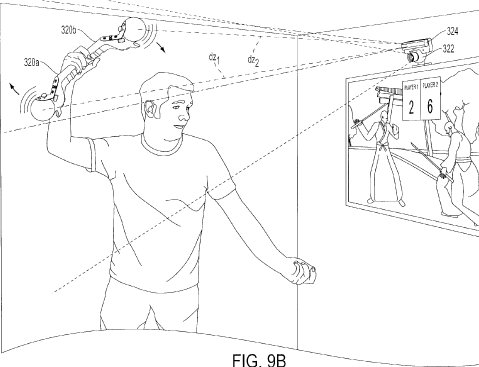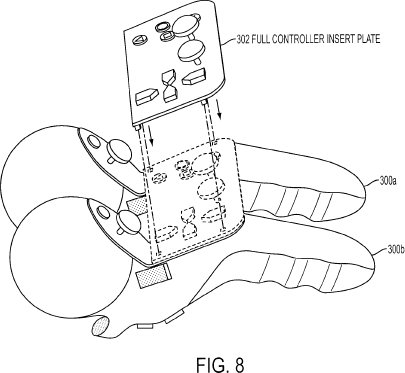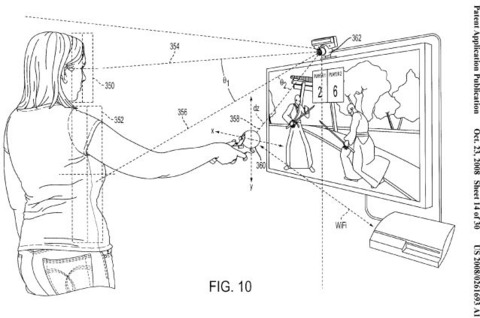Sony patents new motion-sensing tech
USPTO filing reveals break-apart controller that incorporates ultrasonic sound capture to improve console's ability to judge distance and movement.
At the 2005 Tokyo Game Show, Nintendo president Satoru Iwata debuted the Wii Remote and Nunchuk to much fanfare and intrigue. Not a year later, former Sony execs Ken Kutaragi and Phil Harrison used Sony's E3 2006 stage to reveal the game maker's own motion-sensing controller, later dubbed the Sixaxis. However, rather than the universal interest that greeted its contemporary, Sony's device quickly drew fire as an "us too" peripheral that was as much of a surprise to the development community as it was to gamers.

Although Sony has since distanced itself from the Sixaxis, the motion-sensing tech, along with rumble support, returned with the controller's successor, the Dual Shock 3. Now, it appears as if Sony has further plans to iterate on its visceral input device.
Last week, Sony Computer Entertainment of America's patent application for a new input device emerged in the US Patent and Trademark Office's online database. The application, which was first filed in June, details a new motion-sensing controller whose most distinguishing feature is its ability to break apart and be put back together in a variety of formations. The patent application also details a "hybrid video capture and ultrasonic tracking system" to deal with motion-sensing.

Detailing the need for the sound component of the tracking system, Sony's patent application reads: "Current object tracking suffers in capture accuracy. This problem arises because conventional image analysis can only produce somewhat reliable measurements of the location of the user in two dimensions... Broadly speaking, the present invention fills these needs by providing methods and systems for establishing communication between a computer program in a computing system and a controller to be held by a user in order to determine the three-dimensional location of the controller."
Sony's pending patent then details how its new motion-detection method "captures one-way sound communication" to provide the gaming console with a third dimension to track the location of a player, while a video device such as the PlayStation Eye handles the other two dimensions. The device also accommodates accelerometer support to determine the controller's orientation.

Along with an exceedingly lengthy and esoteric description of how, exactly, the device works its mojo, Sony also submitted a wealth of pictures demonstrating the controller's practical use. In one sketch, a man stands several feet away from a wall-mounted TV equipped with a PS Eye-like device. In his hand is a mock-up of the controller, which has been assembled into a rod formation. On each bulbous end of the rod, sound emitters complement the image captured by the digital camera.
A second image of the device shows a traditional gamepad layout. It also shows how the face buttons can be removed, presumably to allow for the device to be reoriented in a new position. As seen in one other drawing, these button face plates can be secured to the individual pieces of the device.

Yet one more image shows what clearly is the PlayStation 3, which seems to indicate that the new controller will be introduced for use with the resurgent console. However, often patent illustrations are for illustration purposes only, and do not serve as confirmation of use with a particular piece of hardware.
Got a news tip or want to contact us directly? Email news@gamespot.com
Join the conversation